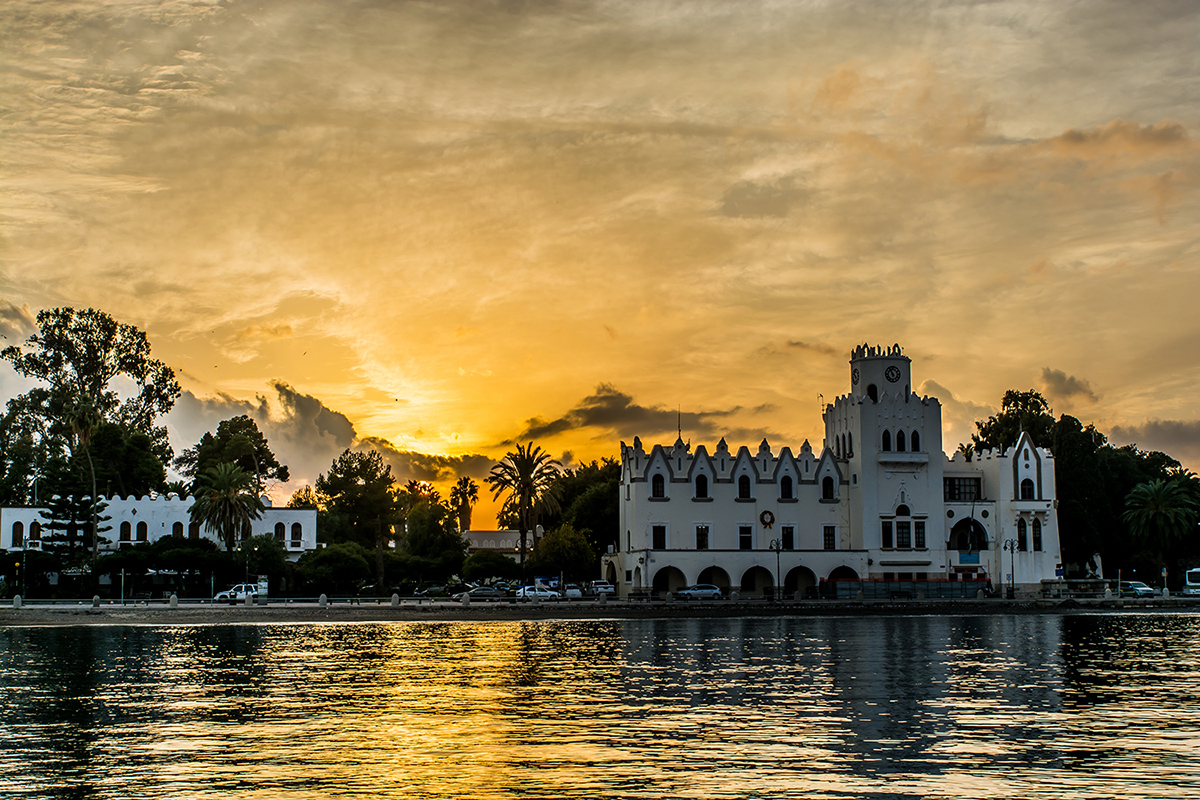Reasons to visit Kos Island in springtime
Spring is one of the best seasons to visit Kos Island as nature slowly awakens after the grey of the winter with magical colours, mild weather, and plenty of things to do and see. Here are the top reasons to visit Kos Island in springtime.
Pleasant, mild weather
Of all the springtime months, March is the coldest. The highest temperature averages can be between 12°C and 16°C in the afternoon. It still rains, but less than in the winter months. The skies clear their greys and bring about pleasant Aegean blues. Bring a windbreaker or rain jacket and warm clothing. You can swim: thermal swimwear is recommended because the water temperature is about 16ºC.
Temperatures begin rising in April, with averages between 15°C and 18°C. There may be rare showers, but it is windy and cloudy from time to time. Bring warm clothing and good walking shoes. Thermal swimwear is still recommended as the seawater temperature remains chilly.
May marks the beginning of the Koan summer season, with the highest temperature averages at 24ºC. The sea temperature is a pleasant 19°C – still too cold for some swimmers but good enough for a quick dip. Tourists are slowly returning to the island, and hotels are raising prices.
Low accommodation prices

Springtime is the best season to visit Kos for the frugal traveller: the prices are backpacker friendly. But, while the prices are low, most resorts are not open, waiting for the beginning of the tourist season, usually operating from April until the end of October. So, when you book accommodation in April or May, you will pay considerably less than in the following months.
Fewer tourists, peaceful atmosphere
With fewer tourists to crowd the main attractions and beaches, you have more room to enjoy the island’s beauty and character. The atmosphere is peaceful, laid-back, and soothing. Springtime is the right season to visit Kos Island if you seek tranquillity.
Iconic sites like Neratzia Castle, the ruins of Asklepion, Casa Romana, and the Roman Odeon are more enjoyable at your own pace, without tourists’ swarms blocking your way.
Visit the museums and the galleries too: you will have plenty of time to admire the exhibits without getting stressed by someone else watching over your shoulder.
Blooming springtime nature

No other season is more colourful than springtime on Kos Island. The flowers celebrate nature’s awakening with a symphony of varicoloured blossoms. The grass shines in vivid greens, and even the trees appear to sparkle in the sun in verdant colours.
See the wildflowers in bloom and if you are on the island on May 1st (Labour Day), join the locals in picking wildflowers and making traditional wreaths. Or go forage for wild herbs and horta with a local guide.
It is a wonderful season for hikes, cycling, and horseback riding. Go to see the flamingos in Alikes Lake in Tigaki.
Do not miss the opportunity to admire a famous Koan sunset, like the one from Zia Village. Other destinations for beguiling sunsets and breath-taking springtime nature include Cavo Paradiso, Igroviotopos Alikis (Tigaki Salt Lake), the Church of Aghios Mammas at Cape Krikelos, and the ruins of Agios Ioannis Basilica in Mastichari.
Join the locals in Easter celebrations
Springtime is also the season for the Greek Orthodox Easter. You can observe a variety of customs and traditions, ranging from Lenten to the Holy Week. The dates for Easter can be any Sunday between April and mid-May, according to the Julian calendar. Since western churches use the Gregorian calendar, the Greek Orthodox Easter and Catholic Easter rarely coincide. The next time will be April 20, 2025.

